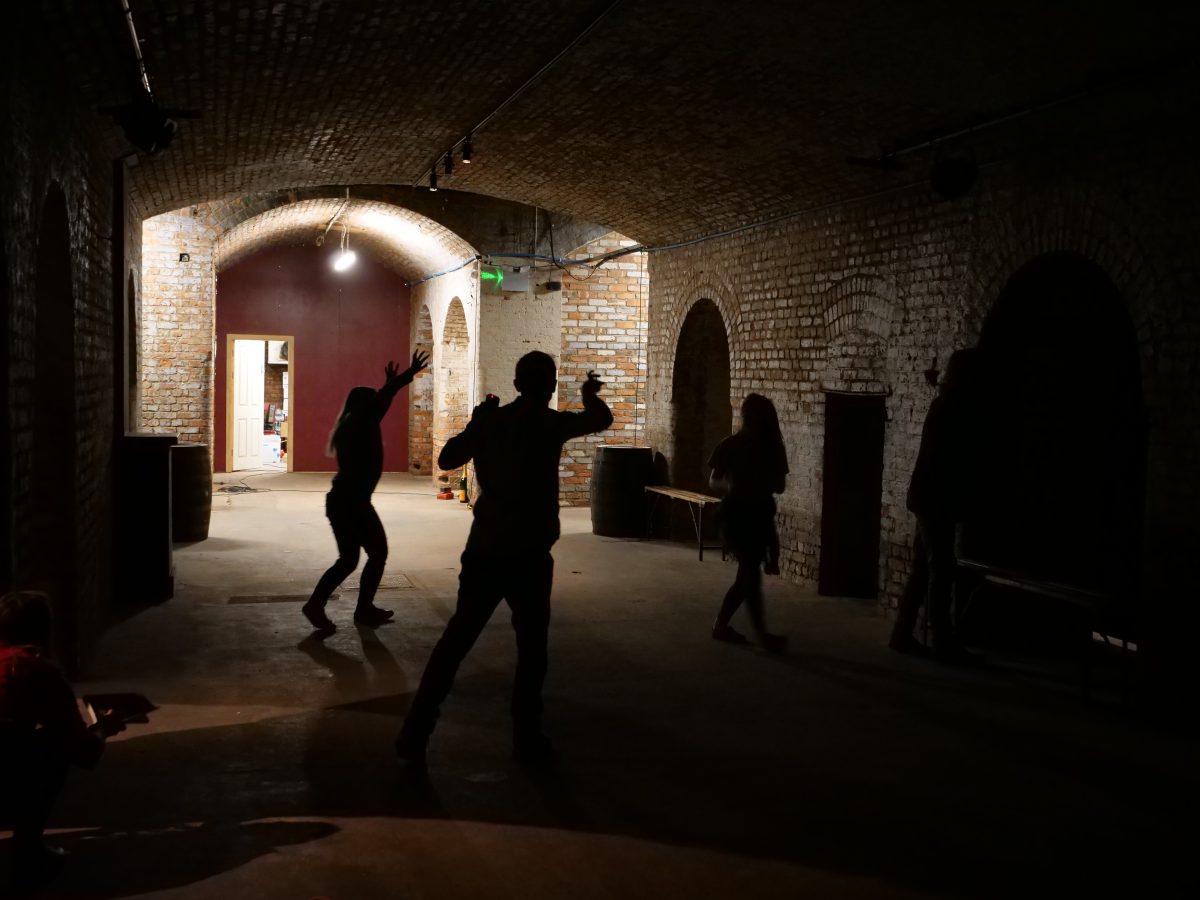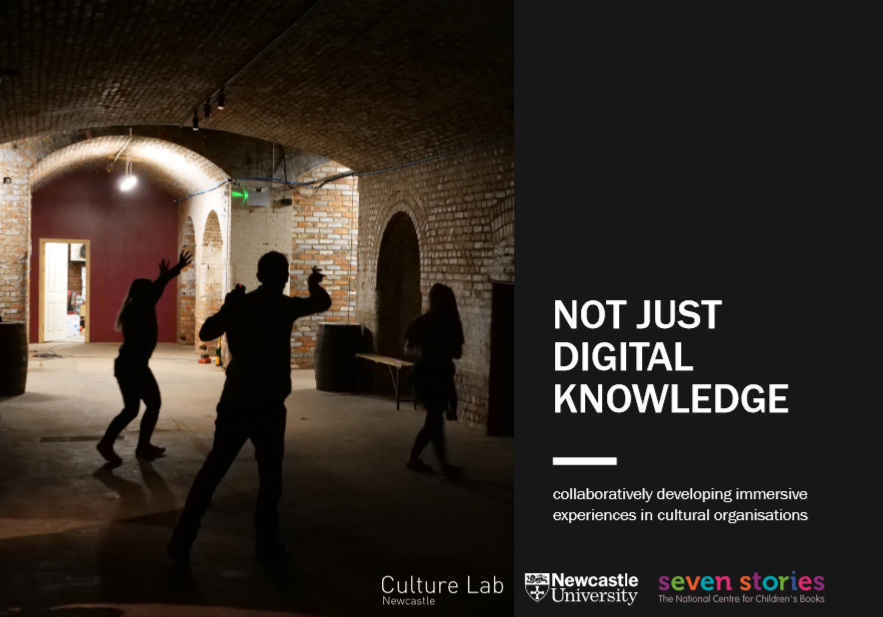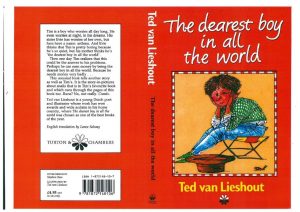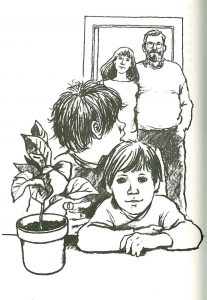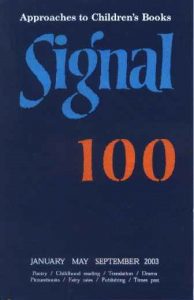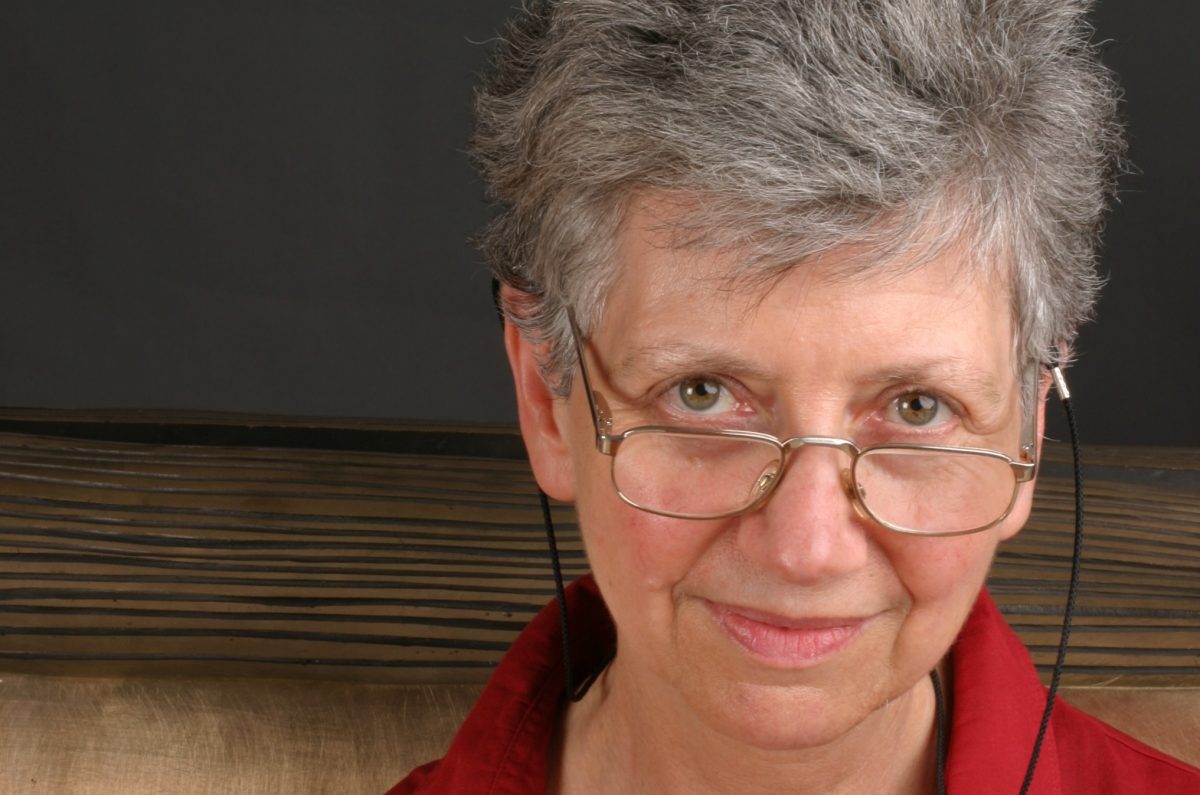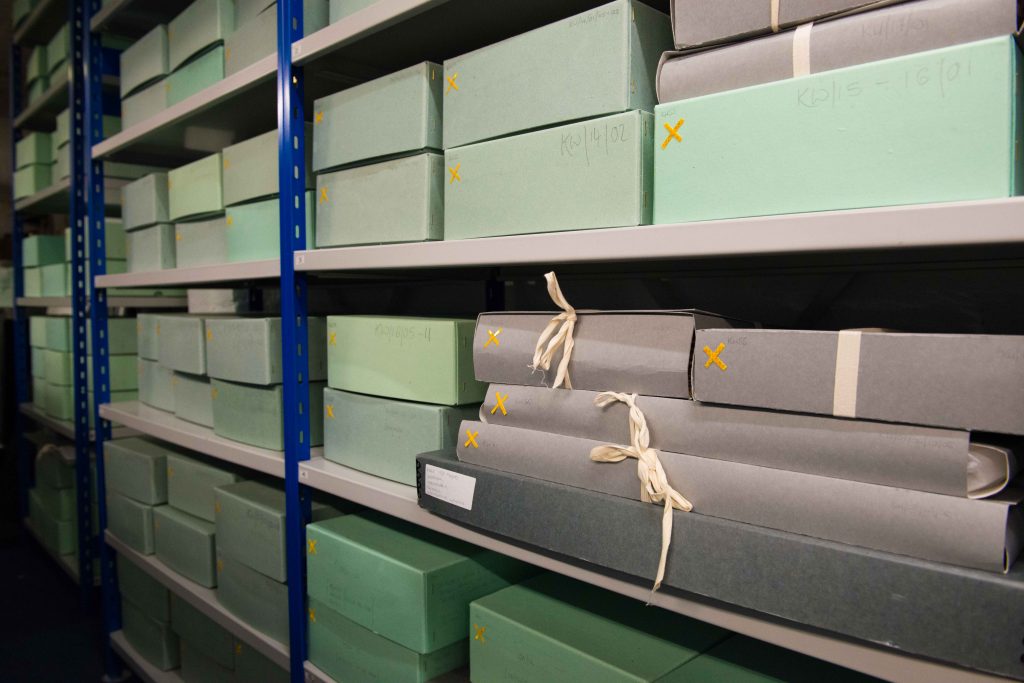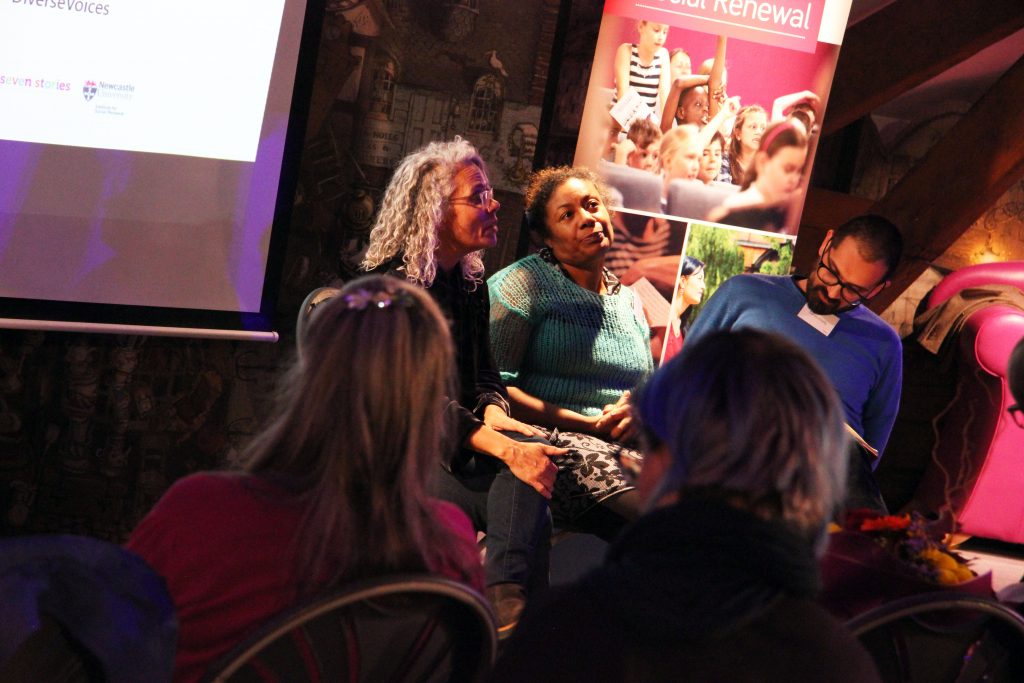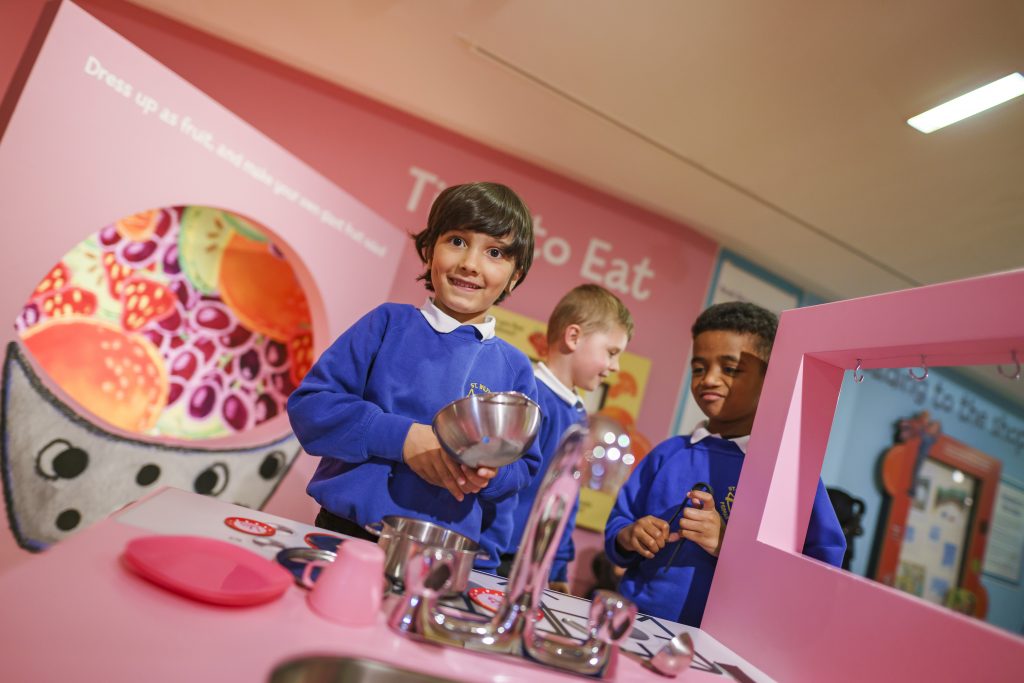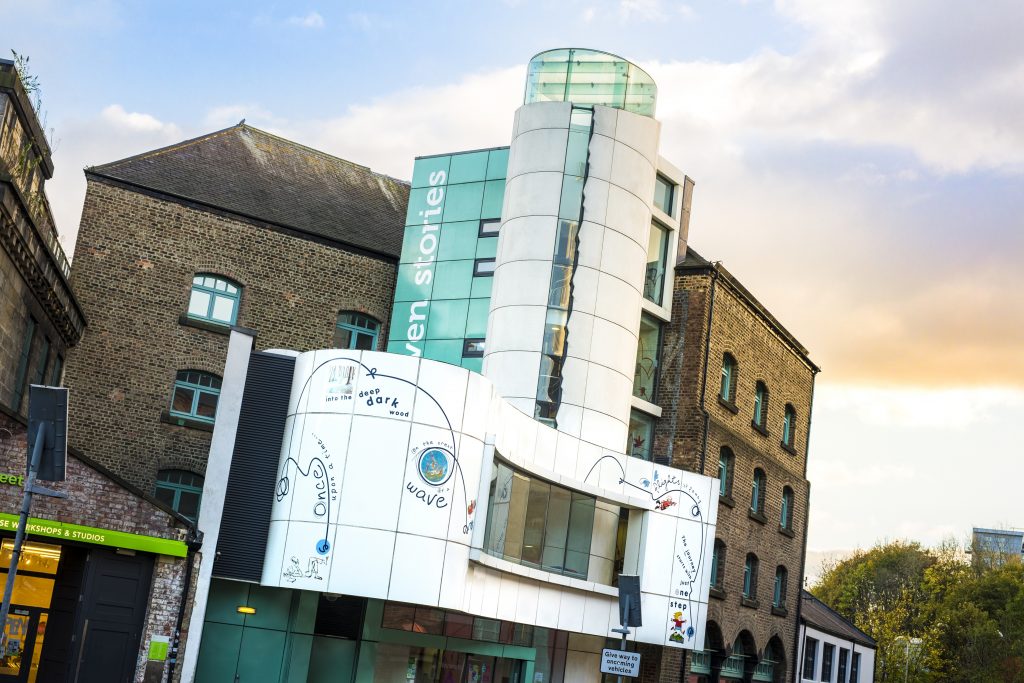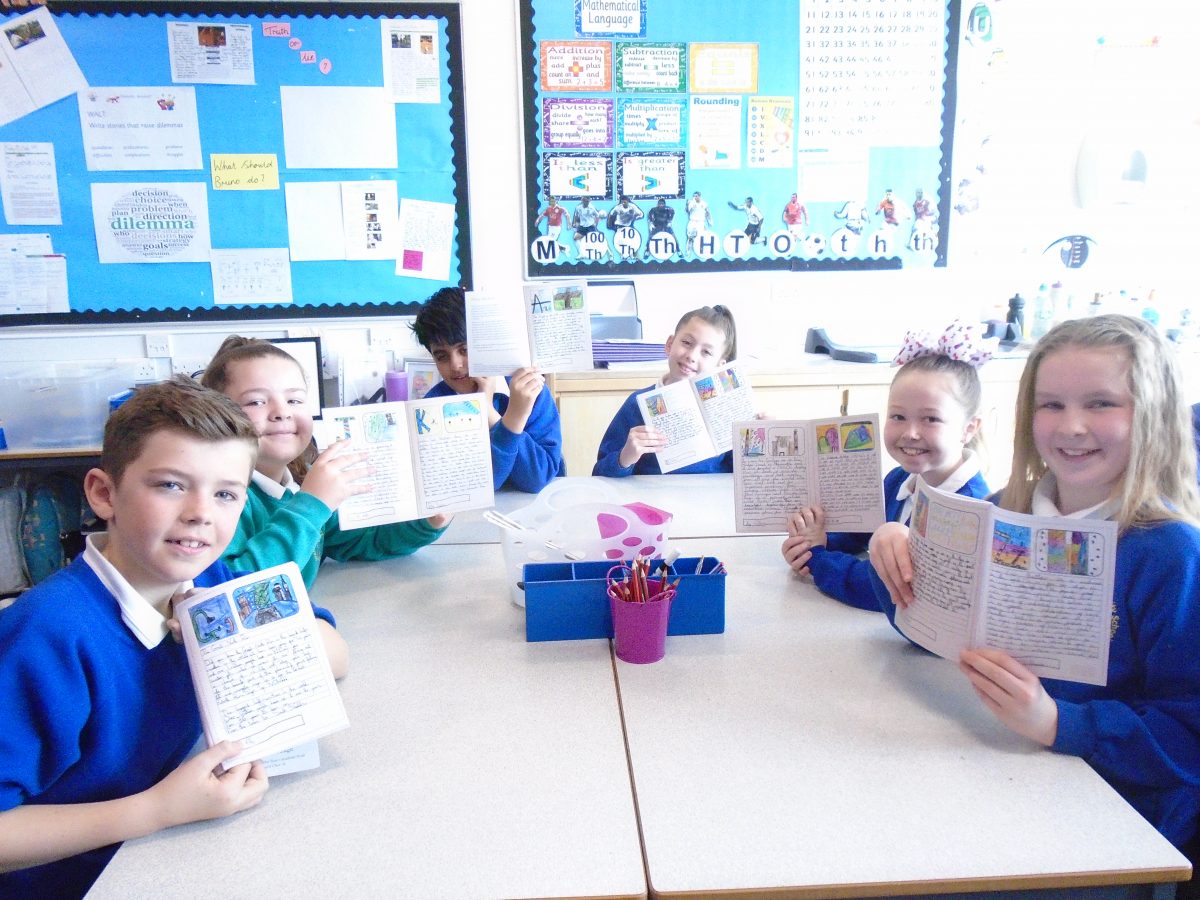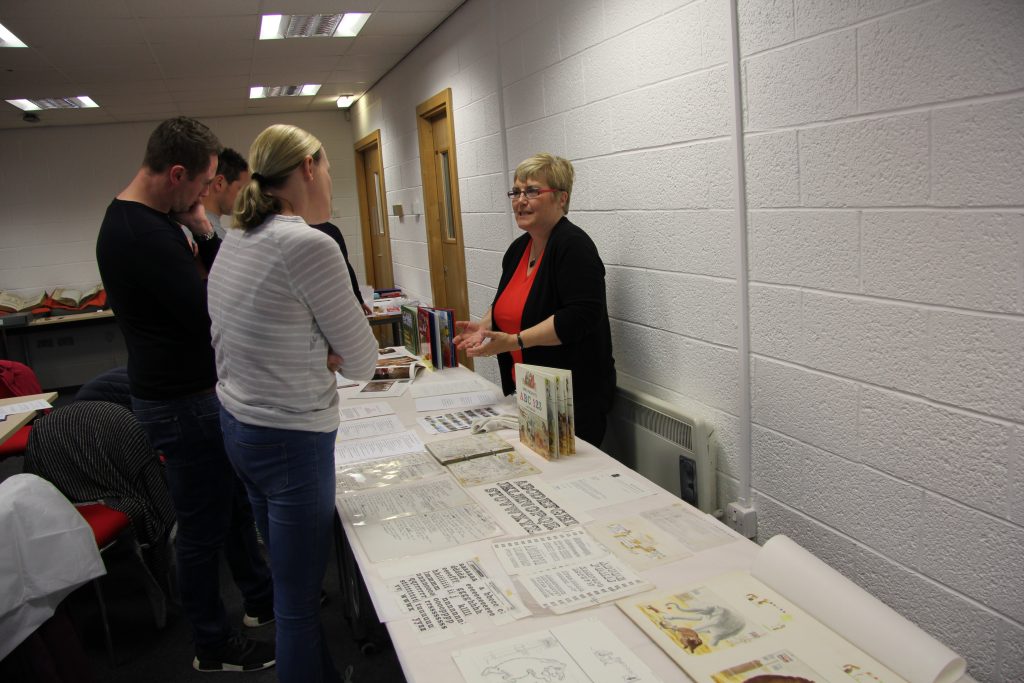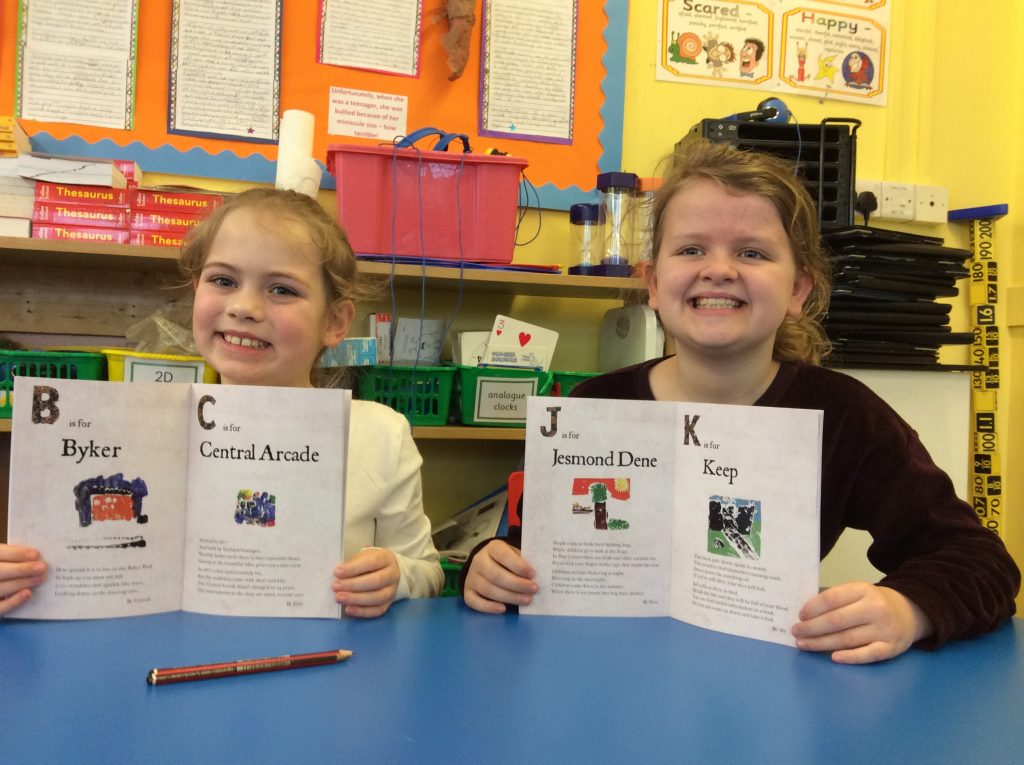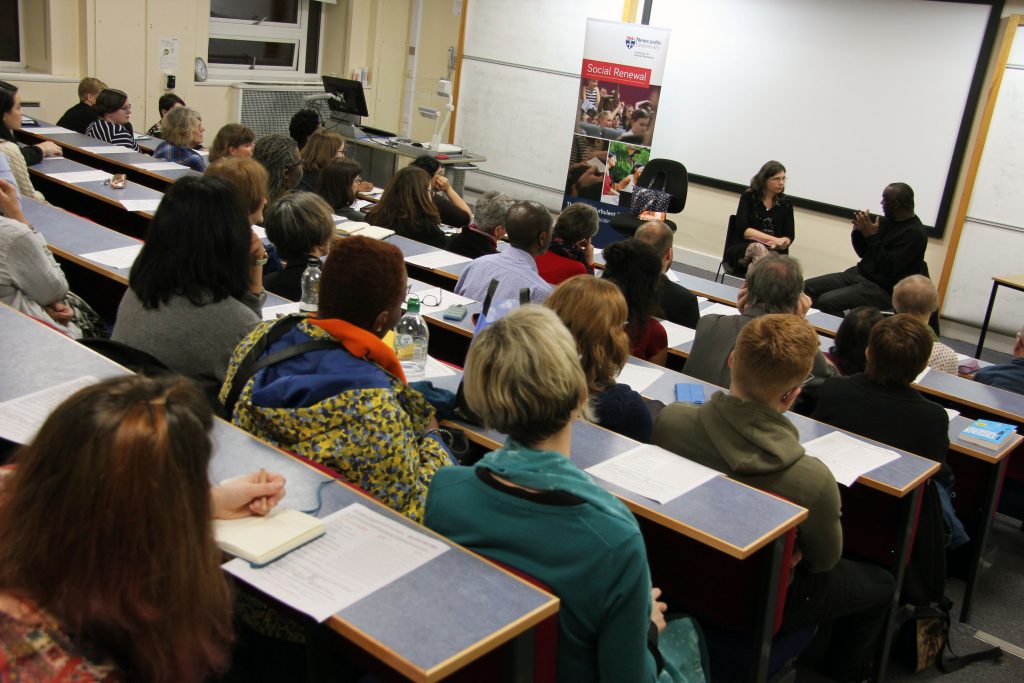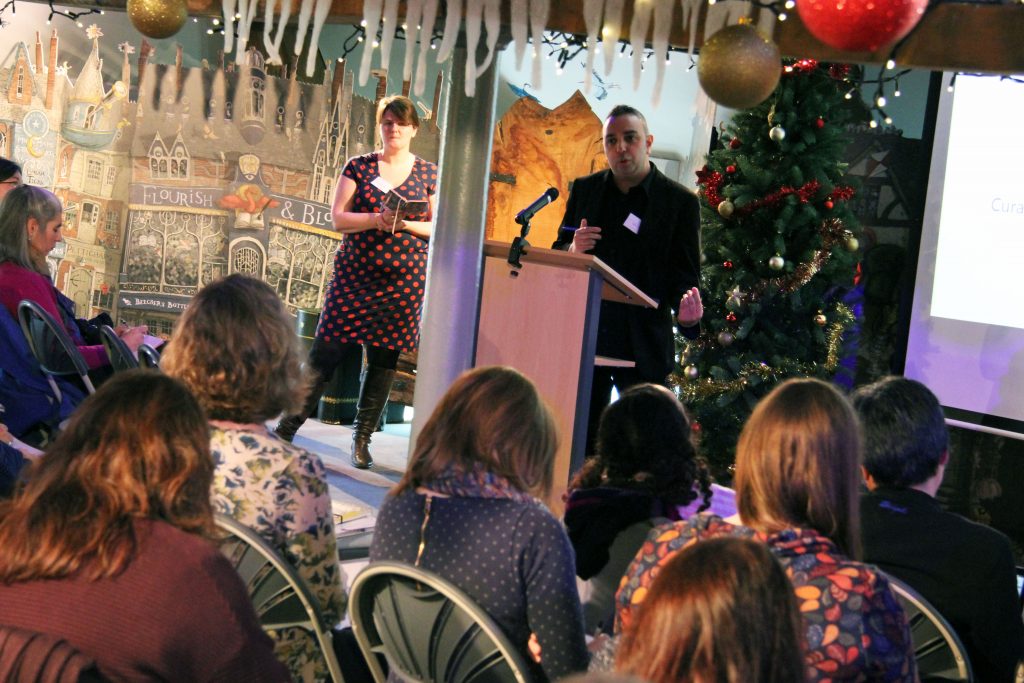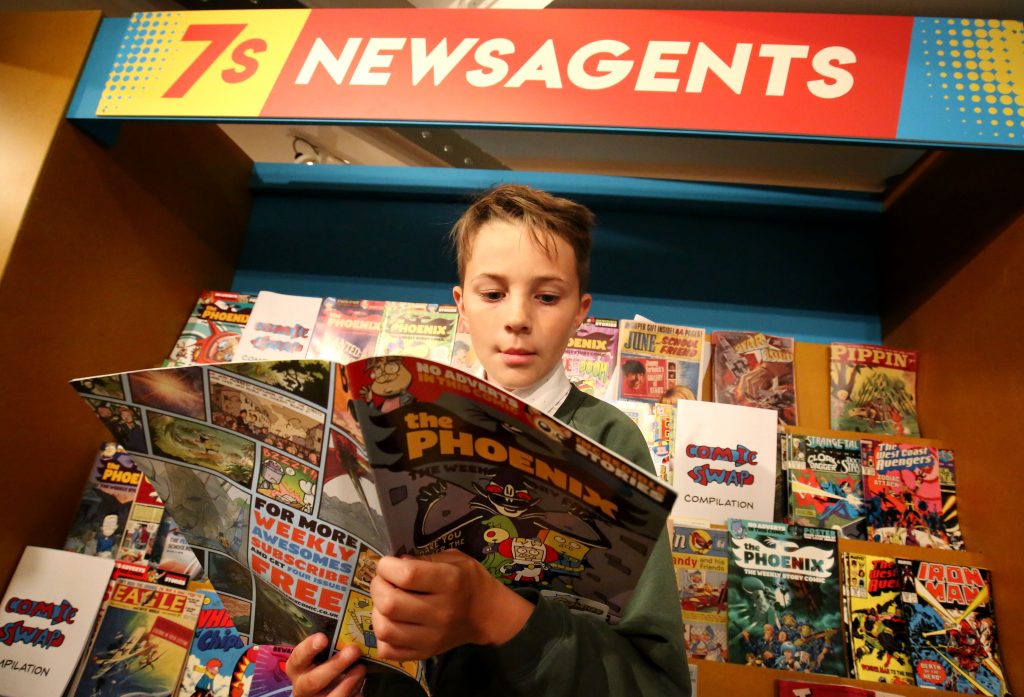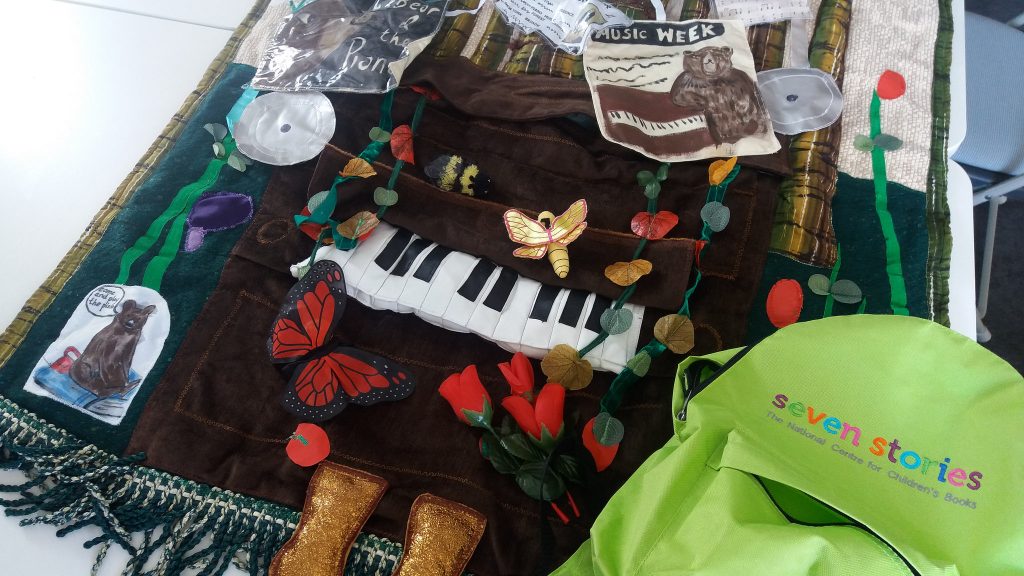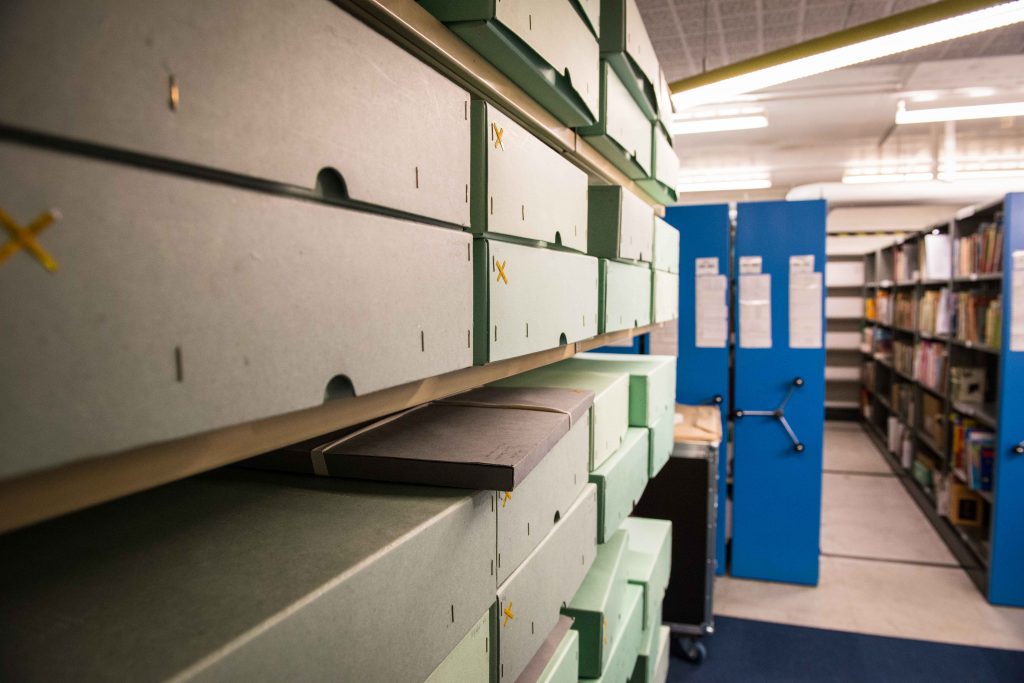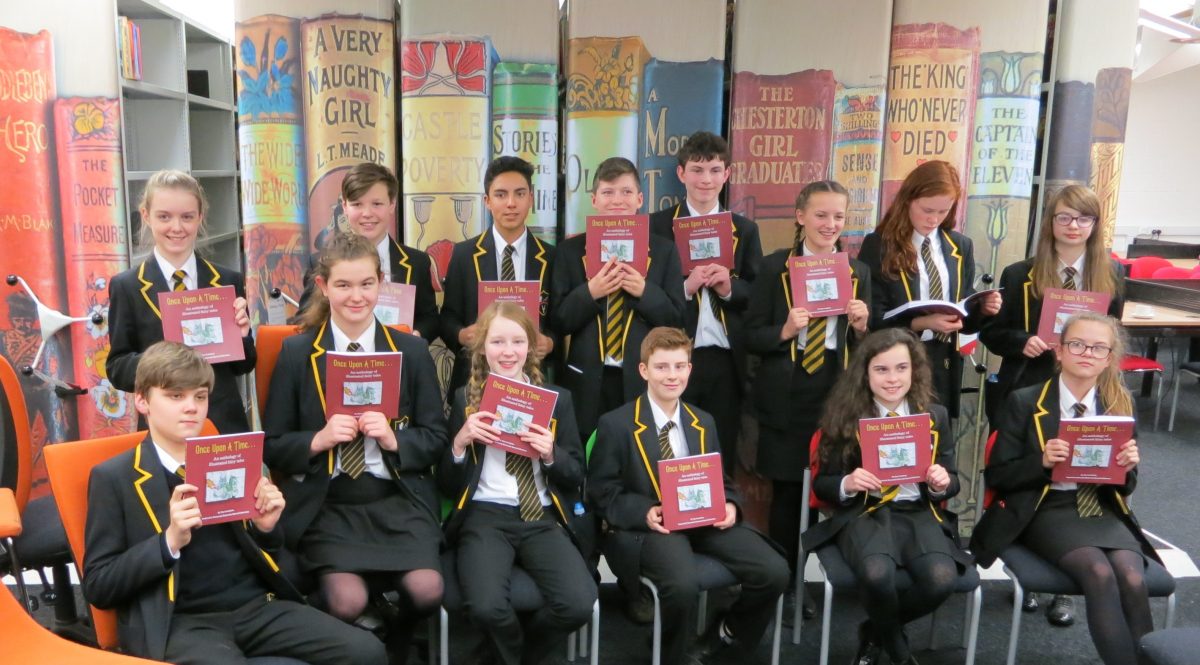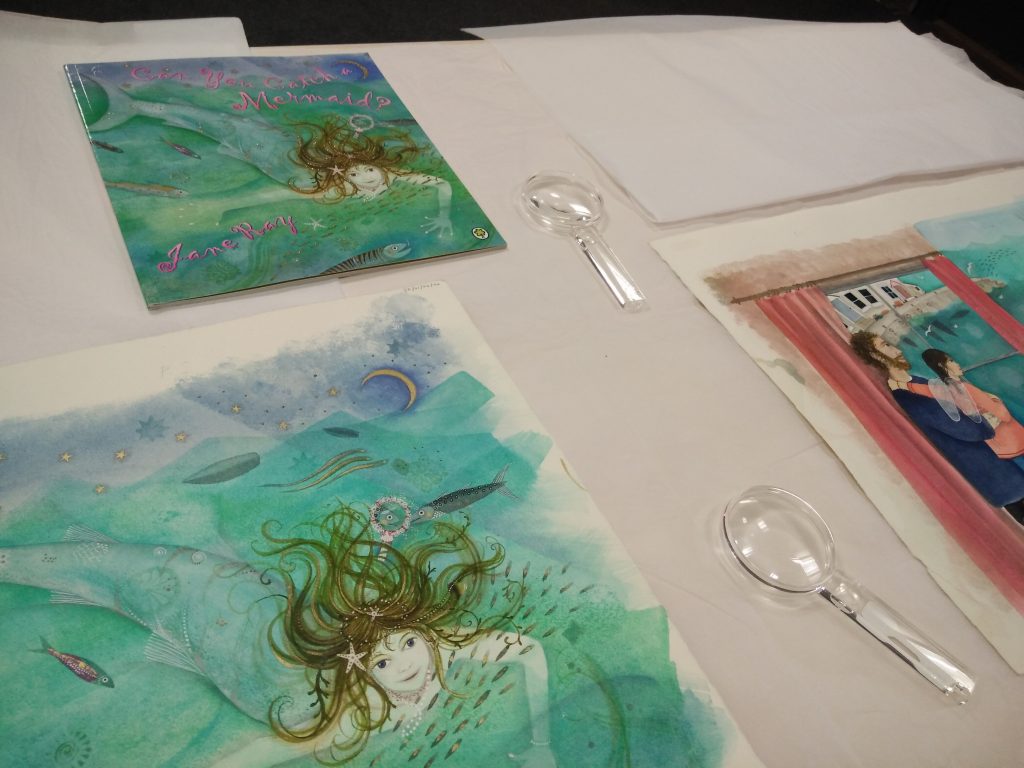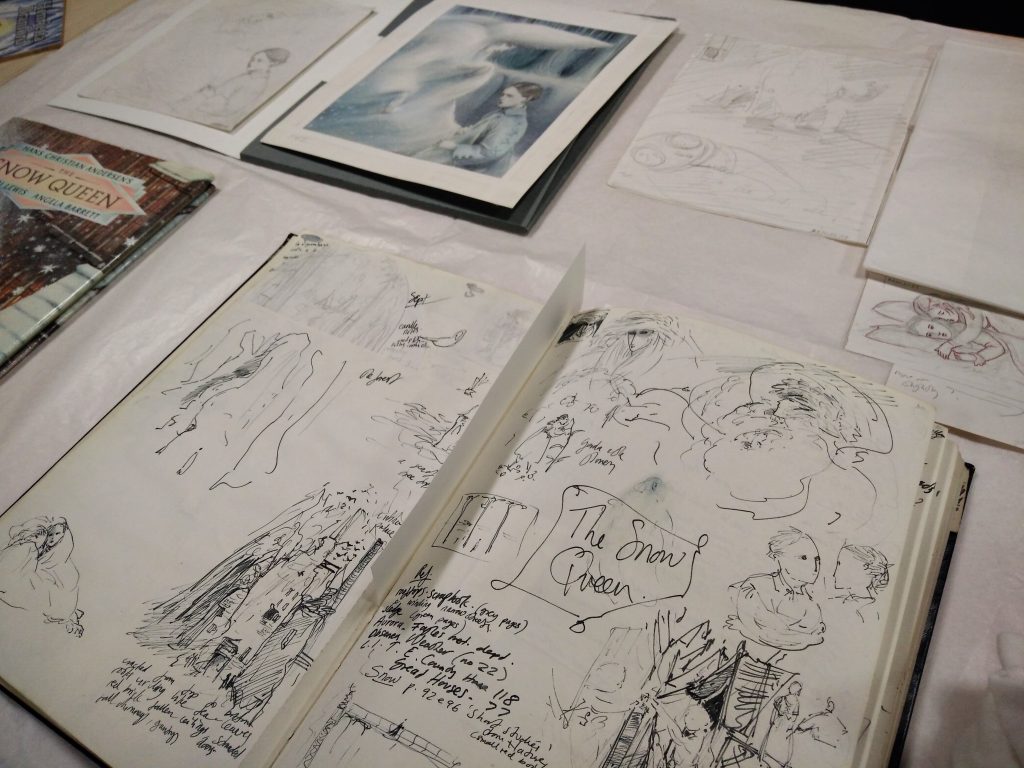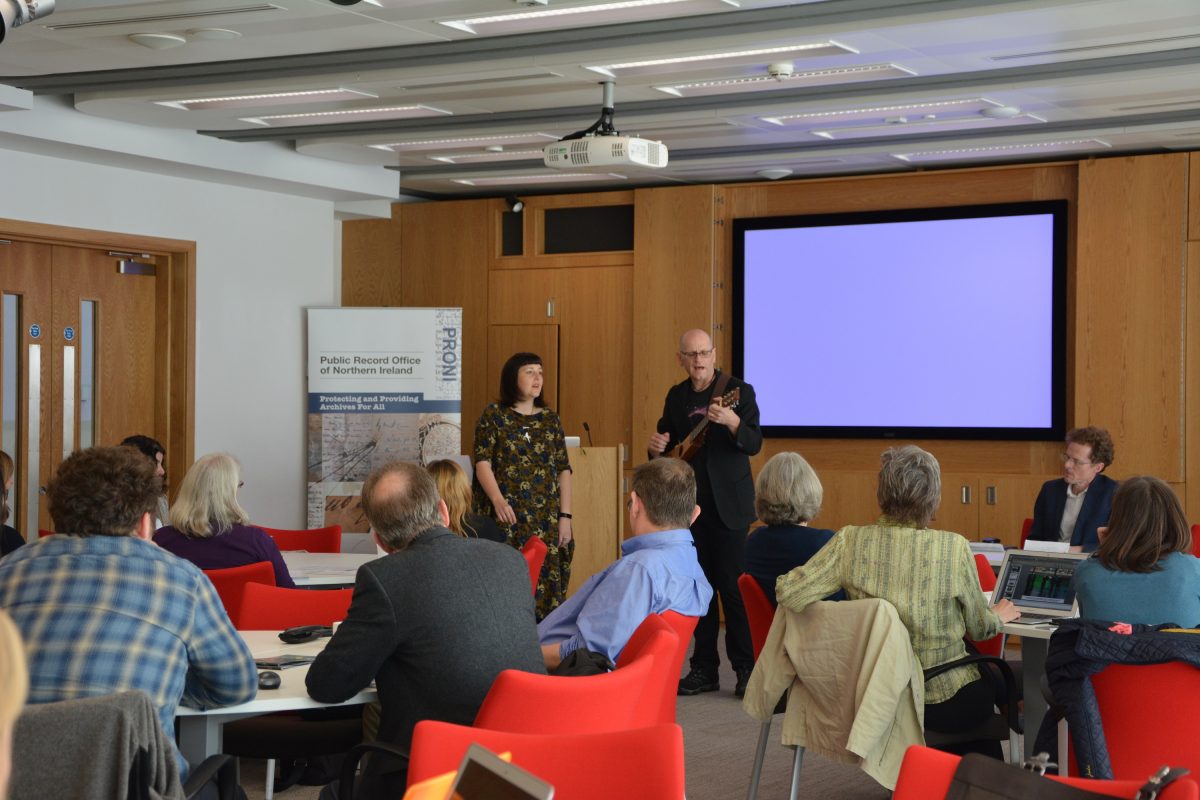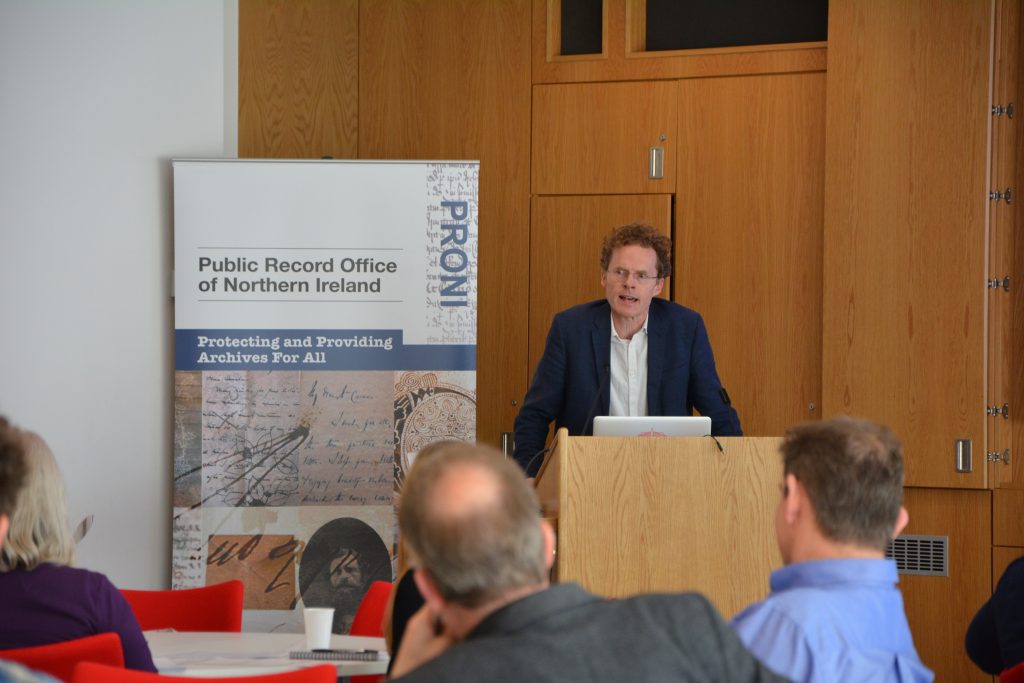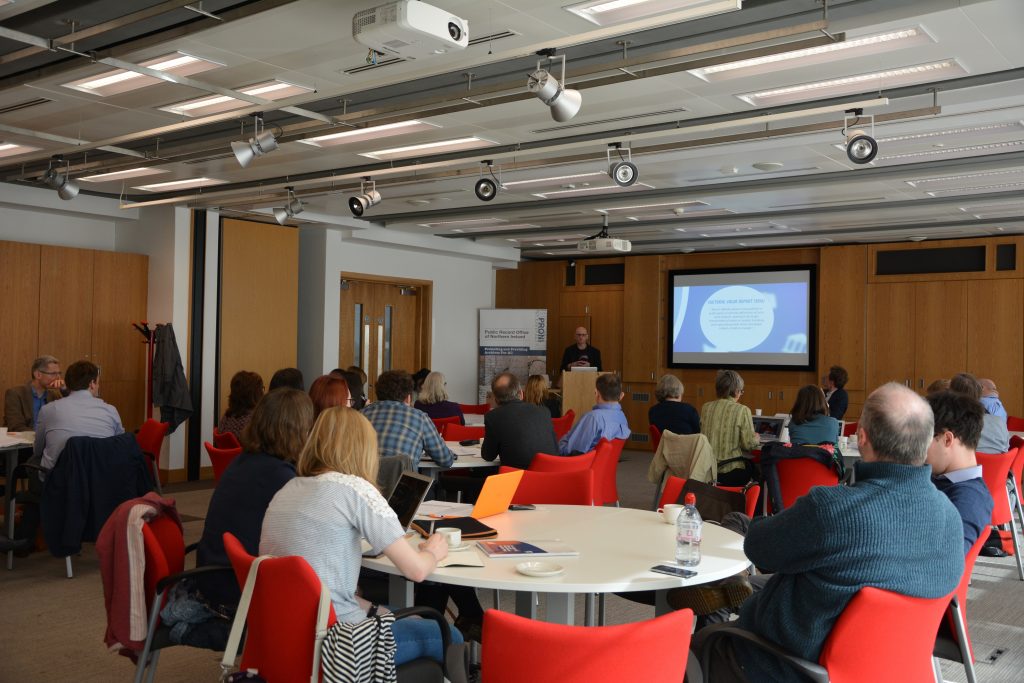How can cultural organisations collaboratively develop immersive digital experiences? And how can ideas about space and place in magical realism inform more creative approaches to designing augmented reality technologies?
In this blog post, find out about the Magical Reality project and app, available to download on Google Play (Android) and App Store (iPhone), how Newcastle University and Seven Stories: The National Centre for Children’s Books worked with children, young people and digital designers to develop it, and what we’re doing next…
Many organisations in the cultural sector recognise that expanding digital capacity is a priority, but they are limited by funding, time and staff expertise to support this. The #CultureIsDigital 2018 report advocates for design-orientated digital thinking ‘to unleash the creative potential of technology’ and collaborating with technology partners is often seen as a solution for a lack of in-house resources.
But what types of approaches and models can support this kind of thinking? This was a question posted by the Arts and Humanities Research Council (AHRC) and the Engineering and Physical Sciences Research Council (EPSRC). Through their Research and Partnership Development Call for the Next Generation of Immersive Experiences, they wanted to explore how arts and humanities knowledge could inform the development of new immersive technologies, and how this might inform the work of cultural organisations.
Dr Tom Schofield at Newcastle University’s Culture Lab, Professor Kim Reynolds in the School of English Literature, Language and Linguistics and Seven Stories successfully applied for a seven-month research project responding to this call, Children’s Magical Realism for New Spatial Interactions: AR and Archives.
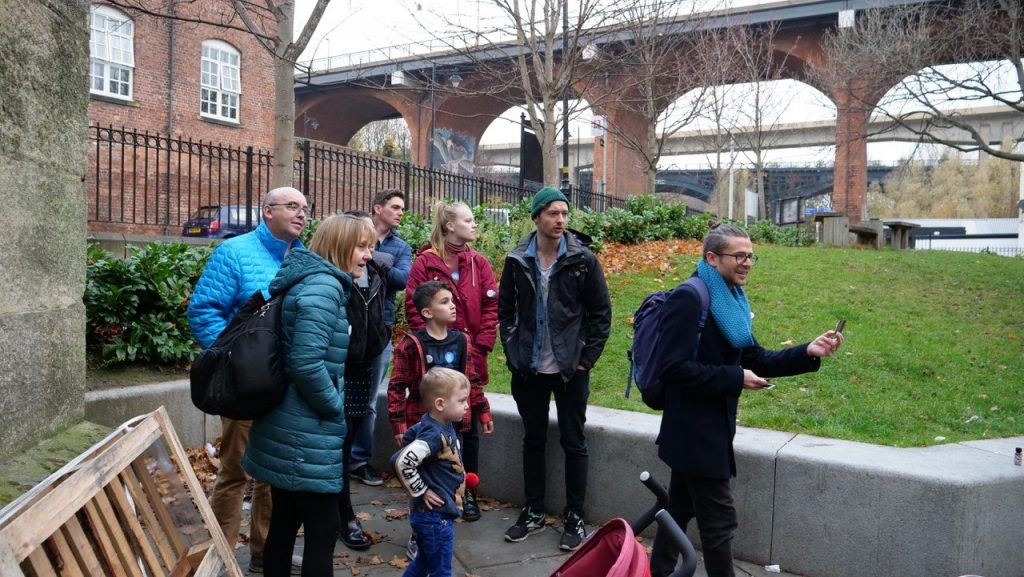
In late 2017, Google and Apple had released new augmented reality features that allowed much more complicated interactions with real space on mobile phones. We wanted to explore whether magical realism, a literary genre that plays with the boundaries between real and imaginary spaces, could inspire new creative approaches to these new technical developments.
Seven Stories had recently acquired David Almond’s literary archive. An award-winning author of children’s and young adult books, David’s work explores ambiguous and confusing crossovers between worlds; past and present, everyday and mythical. We used this as our starting point to explore how researchers, museum professionals, digital designers, children and young people could inform new kinds of spatial interactions for AR. We wanted to experiment with a sustainable and collaborative approach to digital R&D in the context of cultural organisations.
From June to December 2018, Tom and Kim worked with Diego Trujillo Pisanty, a researcher and media artist, and Seven Stories. We led six creative workshops, some as part of the 2018 Great Exhibition of the North programme, engaging around 80 participants. During the Great Exhibition, Seven Stories delivered an artistic trail around the Ouseburn Valley featuring new writing by David Almond, and a major exhibition, ‘Where Your Wings Were’ focusing on his archive.
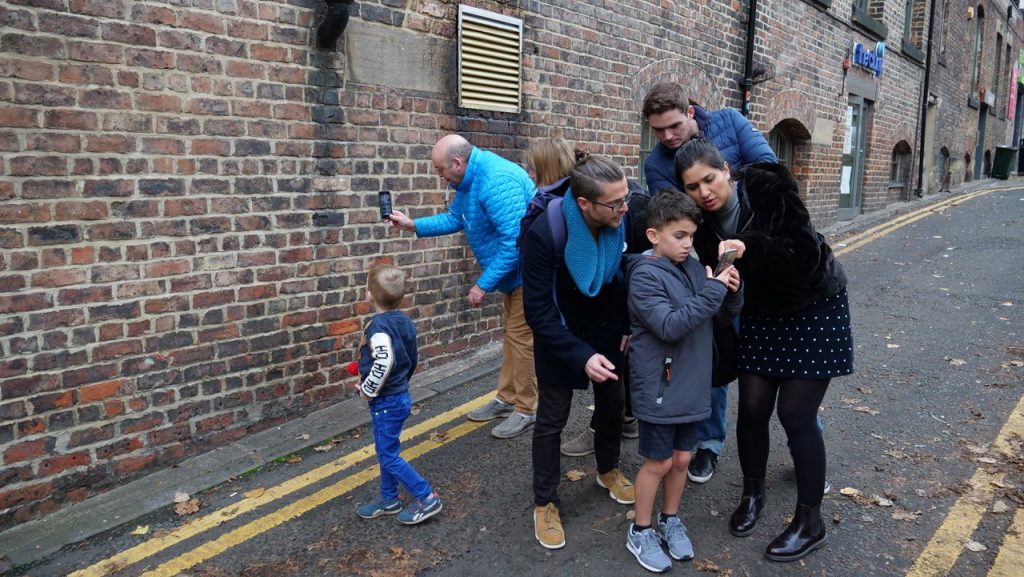
In the workshops, we wanted to create open environments where people could explore experimental ideas. Each workshop had a separate focus, but aimed to explore creative analogies to immersive technology – ideas of other worlds, magic, the fantastic and interdimensional – to inform the design of the app, and enhance our understanding of the value of spaces and places within David Almond’s work.
From the creative ideas generated in the workshops, we designed and built a smartphone app, Magical Reality, which leads you on a trail to find AR objects around the Ouseburn Valley, Newcastle. Research Associate Diego led the technical development and it’s now available on Android and iOS platforms. The app uses AR technology to embed digital artefacts, developed from archive materials held at Seven Stories. We used an experimental and collaborative design approach to see how the knowledge and imaginative ideas of the different parties involved in the project could inform the development.
Here’s a video of the app in action:
There were many interesting things we learnt from evaluating this project, which was supported by Research Associate Dr Gabi Arrigoni; not least that the stakeholders involved consider innovation very differently. For the research team, the creative process informing the app was seen as the most significant contribution to the field; Seven Stories valued new ways of engaging with their audiences and connecting archive material to places; whereas digital professionals were interested in digital innovation around the app’s use of AR.
As Vital North Partnership Manager, one of the things I found most fascinating was seeing different kinds of knowledge and experience being brought together through the four workshops I took part in, and the way in which the research team created open spaces for knowledge exchange. I also really valued the way that this project moved beyond transactional digital commissioning and towards more experimental and open-ended R&D within a museum setting, which mirrors some of the processes Seven Stories uses as we develop our programmes and exhibitions.
You can read more about the workshops, the evaluation and the avenues for future research we identified in our report, Not Just Digital Knowledge: Collaboratively Developing Immersive Experiences in Cultural Organisations.
Since we finished our work on Children’s Magical Realism for New Spatial Interactions: AR and Archives in December, we’ve been busy! Firstly, Dr Tom Schofield and Professor Kim Reynolds have been busy working on academic outputs. Kim has given a paper on ‘Augmenting Almond’ at the University of Western Australia, and will be presenting this project in June in Berlin, and October at the University of Buckingham. Tom will be presenting a paper as part of Designing Interactive Systems 2019 in June in San Diego – as one of the most prestigious conferences for interaction design in the world, we’re very excited!
Secondly, Tom and Seven Stories were successful in a bid for AHRC Follow on Funding for an extension project, Embedding Magic: AR and Outreach. This will extend the work we began our original workshops by developing these into a programme that Seven Stories’ Creative Learning and Engagement team will be delivering with Research Associate Dr Miranda Iossifidis in the East End of Newcastle, empowering children and young people to connect with the places and spaces within their community. We’re also planning a short series of workshops for cultural and digital organisations to present this collaborative process in early summer. Watch this space!
To explore the Magical Reality app, visit Google Play or the App Store and for more information about our Magical Reality project, visit the Digital Cultures in Culture Lab website.


